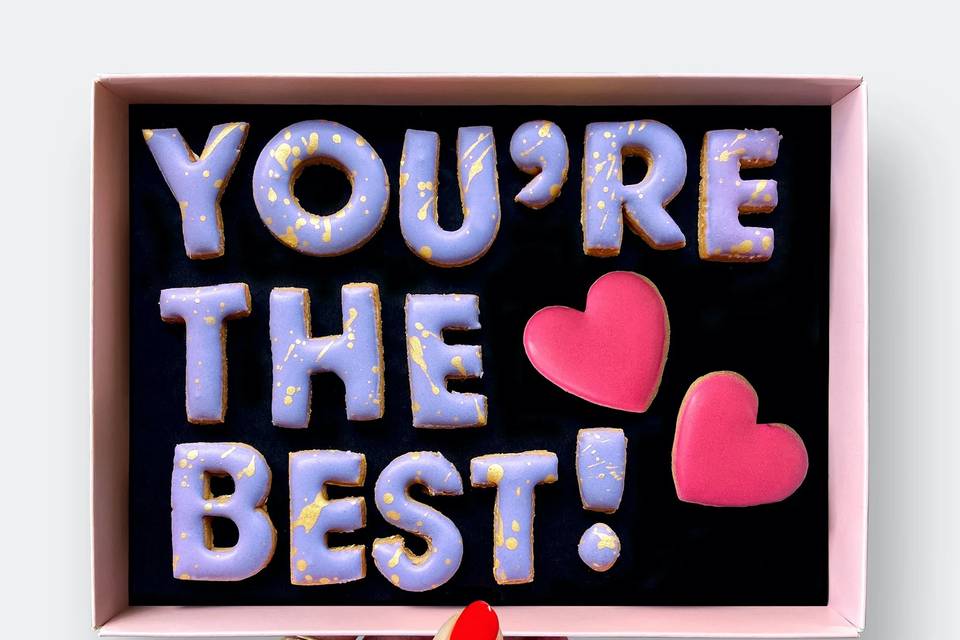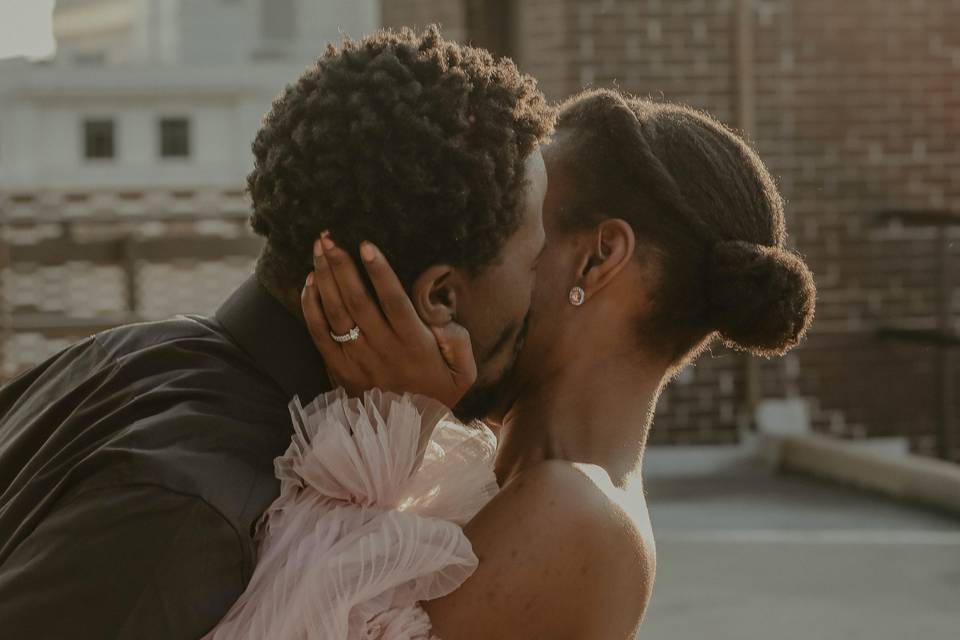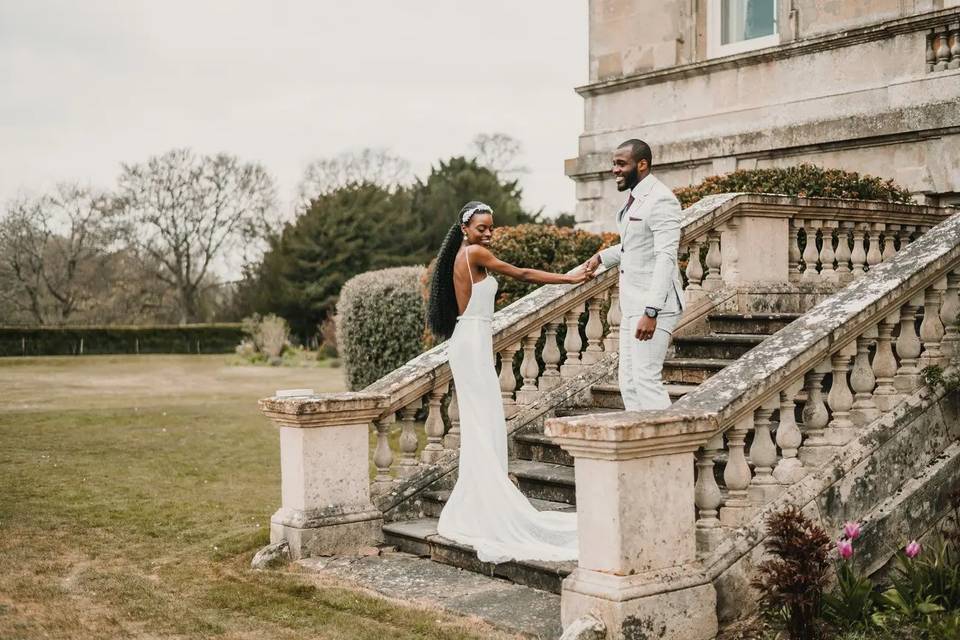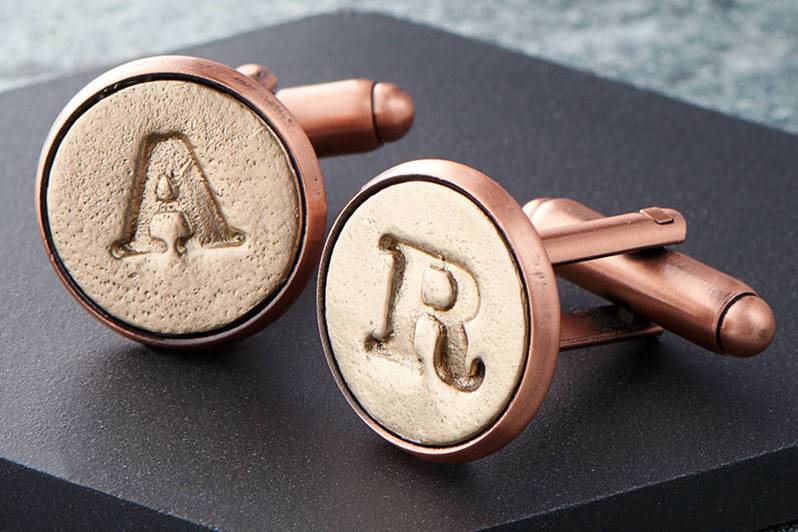The History of Diamonds: Everything You Need to Know About Your Rock
Now you've got that sparkly diamond engagement ring, why not find out more about the history of the diamond, including famous marketing campaigns and the world's biggest diamonds


Diamonds; they’re formed under pressure, they’re forever, they’re a girl’s best friend. These are sayings that we’ve heard time and time again, but how much do we really know about the history of diamonds?
Diamonds aren’t only forever; they’re everywhere. These precious stones form the basis of almost every engagement ring, they adorn the crowns of many monarchs and perhaps most famously, were accidentally lost in the ocean by Kim Kardashian. Nowadays the diamond is much more than just a pretty face; it’s seen as a symbol of love, luxury and commitment. But how did this come about?
Diamond history is long and packed full of fascinating tales. The story of these precious gems will take you from deep underneath the earth to the skyscrapers of Manhattan. Read on to answer the question: what is the history of diamonds?
READ MORE: How to Buy an Engagement Ring Explained
How Are Diamonds Formed?
Unfortunately diamonds don’t grow on trees. It’s been popularly believed for many years that diamonds form from coal, however this is not quite true. While both diamonds and coal are made of carbon that experiences high temperatures and pressure beneath the Earth’s surface, diamonds form much deeper below the Earth’s surface than coal.
This means that coal contains some plant matter, whereas diamonds are made of pure carbon. Myth busted.
However, this isn't the only way that diamonds can be formed. Sam Mee, owner of Antique Ring Boutique, explains more about synthetic or lab-grown diamonds "Diamonds can also be formed during a collision between an asteroid and the earth. The diamonds that form under these conditions are nowhere near a high enough clarity, cut or colour to be used in the jewellery industry and are instead used in other industries or as cutting tools."
"There are two methods to produce synthetic or lab-grown diamonds. The first was discovered in 1954 and is known as the High-Pressure High-Temperature process (HTHP) This mimics the natural conditions that occur in the earth's mantle and applies extreme temperature and pressure to a diamond seed.
"Chemical Vapour Deposition (CVD) was discovered in the 1980s and imitates how diamonds form in interstellar gas clouds."
Where Were Diamonds Found?

There’s some debate over where the world’s first diamonds were found, but most agree that they were first discovered in India around 2,500 years ago. Beautiful as they were, these diamonds didn’t look quite like we know them today - the process of cutting gems had yet to be invented, so the diamonds kept their rough outer layer.
The widely accepted history of diamond trade says that diamonds made their way to the West around the 10th century A.D., thanks to trade routes including the famous Silk Road. During the Middle Ages, diamonds were used as cutting tools and talismans to ward off evil spirits, before being worn as jewellery and becoming recognised as a status symbol.
The popularity of diamonds today is also due to the history of diamond cutting. Diamonds reached new popularity in the 14th century when a new cutting technique was discovered in Italy which made more fancy cuts possible. Over time, more and more cutting techniques were developed, which only helped diamonds to grow in popularity.
READ MORE: A Guide to Buying Loose Diamonds
India dominated the diamond trade until the 18th century, when their resources began to run dry and the hunt for new diamonds began. A small supply was found in Brazil in the 16th century, but prospectors struck gold (or diamond) in the 17th century, when huge diamond sources were found in South Africa, one of the main suppliers of diamonds to this day.
Sam explains, "Today, diamonds can be found all over the world, however, the regions with the most commercially viable quantities and commercial mines are Australia, Russia, South America, Africa and Canada."
Famous Diamonds in History
- The Koh-i-Noor Diamond
The history of the Koh-i-Noor is the history of the world’s most infamous diamond. Shalina Patel, owner of The History Corridor Instagram account, provides some context about where it originally came from:
"Legend says that the diamond is five thousand years old and possibly originated from a mine in central southern India, but the first records date to 1526 from the first Mughal emperor Babur. The diamond passed hands between various Indian and Persian leaders, with it was used in many ways, from being mounted on the famous Peacock throne to adoring turbans and bracelets.
"The British came across the ‘Mountain of Light’ when they conquered Punjab in 1849. 10-year old Duleep Singh signed the Treaty of Lahore which included giving away the diamond. The East India Company presented this as a gift to Queen Victoria in 1850."
The divisive diamond remains popular to this day, with many nations claiming it as their own. Shalina says "This diamond is claimed by many different nations across the world, including India and Pakistan as well as Iran and Afghanistan, as it was these nations leaders that had the stone in their possession before it was seized by the East India Company.
READ MORE: The Most Iconic Celebrity Engagement Rings
"The question about Britain returning the diamond has never been met positively. The diamond is now part of the Crown Jewels in the Tower of London and is currently on the coronation crown last worn in 1937 by the Queen Mother."
But why is this diamond so popular - what's so special about it? Shalina clarifies: "The Koh-i-Noor was at one stage the biggest diamond in the world and is still considered the most expensive diamond in the world."
- The Cullinan
The Cullinan diamond is the largest diamond ever found at an unbelievable 3,000 carats. It was discovered near Pretoria, South Africa, in 1905 and was sent to the then-king Edward VII of England via, if you can believe it, registered post. The diamond was a birthday gift from the nation of South Africa, intended to heal British-South African relations after the Boer War.
Once it arrived in England, the Cullinan diamond was split into nine large diamonds and many smaller gemstones. The biggest of these diamonds is known as Cullinan I and can be found in the Royal Sceptre of the British Crown Jewels, while Cullinan II resides in the Imperial State Crown.
- The Hope Diamond
The Hope Diamond will look familiar to most people; it was the inspiration for Rose’s beautiful Heart of the Ocean necklace in the 1997 movie Titanic. This is one of the most unique diamonds in the world due to its deep blue colour - this is caused by trace amounts of the chemical element boron.
This colossal diamond was first acquired by French diamond merchant Jean Baptise Tavernier in the mid-1600s in the Golconda region of India. It was then sold to the Sun King Louis XIV to form part of his crown, before being stolen in 1792 after the downfall of the French monarchy.
The Hope Diamond was lost, then found, then passed around the hands of British royalty, New York diamond collectors, Cartier, American socialites, before falling into the hands of the American Smithsonian museum in Washington DC, where it remains today.
The History of Diamond Engagement Rings

Today, common opinion is that no engagement ring is complete without a diamond, but this wasn’t always the case. Engagement rings themselves had been in use since the medieval times, but weren't considered an essential part of getting engaged.
Using a diamond engagement ring was even less popular, with only 10% of pre-World War II engagement rings featuring diamonds. However, this all changed with one genius marketing campaign from diamond company De Beers.
In the words of Sam Mee, "It was the hugely successful marketing campaign launched by DeBeers in 1947 that is largely responsible for the popularity and unwavering prominence of the diamond engagement ring that we experience today."
This story begins all the way back in 1888. Diamond company De Beers was one of the major players in the South African diamond mining market and this was the year that they set two ambitious goals:
- Monopolise the diamond market
- Stabilise the market
How did they do this? Firstly by creating their own mine, De Beers Consolidated Mines Ltd., then by creating demand and desire for diamonds across the world. They chose the United States as their main market due to the World War in Europe, before hiring ad agency N.W. Ayer to get to work.
So how do you persuade working people with various incomes to buy diamonds in an economy still recovering from the Wall Street crash of 1929? How do you convince people that diamonds are a necessity, not just a luxury reserved for the ultra rich?
The key: associate diamonds with something else, something emotional and eternal which would greatly minimise the chances of these precious stones being resold which, according to Sam, "the re-selling of diamonds can cause fluctuations in market prices, and waver people’s trust in the intrinsic value of a diamond." And what could be more precious and eternal than marriage?
Next step was to come up with the perfect slogan, something to sum up what a diamond should mean to an engaged couple. It consists of just four iconic words, and has been used in every De Beers campaign since 1948: A Diamond Is Forever.
READ MORE: What to Do if You Don't Like Your Engagement Ring
No doubt you’ve heard these words many times before - they were even the basis for the title of the 1971 Bond film “Diamonds Are Forever” - so it’s easy to miss the significance and brilliance of this slogan. It shows people that a diamond is eternal, like your relationship should be, while also discouraging people from reselling their diamonds, thus stopping the disruption of the market.
De Beers was also the genius behind the concept of spending three months’ salary on a ring. Their initial campaign suggested that partners considering proposing should spend one month’s salary on a ring. This was then reset to two months’ salary with their 1980s ad campaign featuring the slogan “Isn’t two months’ salary a small price to pay for something that will last forever?”
Nowadays the generally accepted rule is to spend around three months’ salary on a ring - remember to take this as a suggestion and not a requirement! How much you spend on an engagement ring is completely up to you.
Thinking of popping the question? Check out our guide on how to buy an engagement ring for all our top tips.








